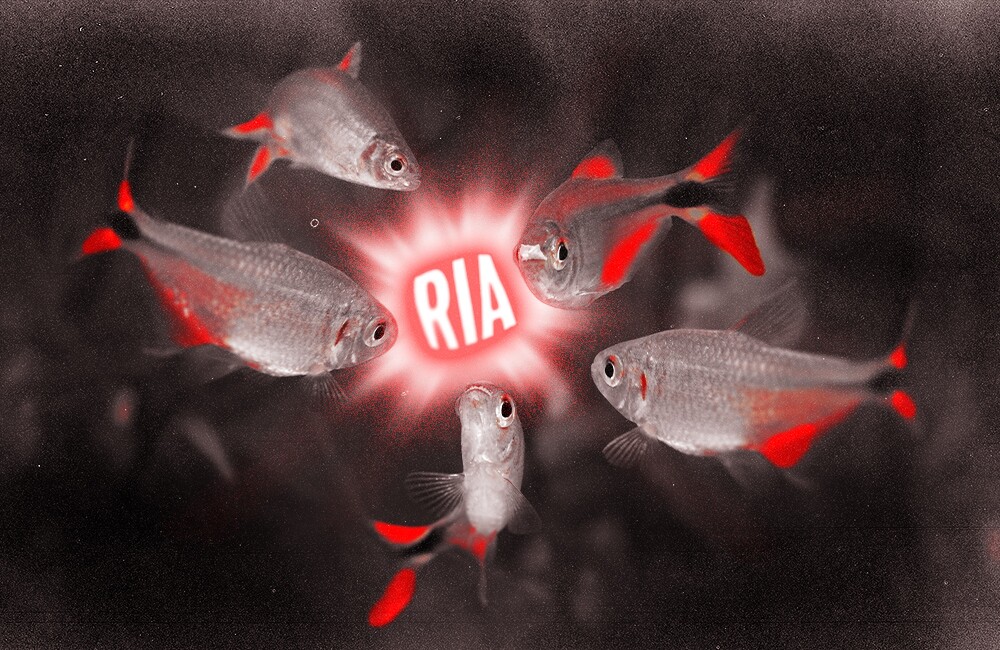Advisors now believe that both valuations and RIA M&A activity will decline in 2023, a drastic reversal of sentiment from previous years, according to a new report.
More than half of the advisors surveyed by DeVoe & Company, a consulting firm that specializes in M&A and wealth management companies, expect lower valuations over the next year, compared to just 8 percent in 2021. In addition, only 8 percent expect higher valuations over the next year, compared to 39 percent in 2021. Slow economic growth, recession fears, high inflation, and volatile markets have all played a part in slowing down M&A transaction growth.
Among those surveyed, nearly 60 percent expect M&A activity to flatten or decline in the next year, marking the potential end of an RIA feeding frenzy that for years saw record deals quarter after quarter. (2022 is still on track to reach a record 345 deals this year, up from 301 in 2021, according to Echelon Partners, a boutique investment bank focused on wealth management firms and TAMPs.)
Peter Nesvold, managing director at Republic Capital, a firm focused on advising wealth managers on deals (including eight deals year-to-date), says he has seen a shift toward smaller deals.
“In a volatile market, it’s harder for a buyer to bet the farm on a large deal unless everything is lining up perfectly. It’s easier to scoop up smaller deals where the integration is easier,” Nesvold said. “When you have a $20 billion firm acquiring a $500 million firm, it’s very clear who’s the buyer who’s the seller, and the sellers are going to have to conform to the buyers’ processes, systems, e-mail addresses, brand, and all these other things.”
[Like this article? Subscribe to RIA Intel’s’ thrice-weekly newsletter.]
According to Fidelity’s November Wealth Management M&A Transaction Report, median year-to-date deal size declined 26 percent to $529 million. Interest in acquiring RIAs declined among firms of over $1 billion, falling from 74 percent in 2021 to 59 percent in 2022. Interest in acquisition among smaller firms ($100 million to $1 billion) rose slightly from 42 percent in 2021 to 45 percent in 2022.
The slowdown in deals may exacerbate a lack of succession planning in a rapidly aging industry. Nearly 40 percent of financial advisors are expected to retire over the next 10 years, according to Cerulli Associates, and DeVoe & Company estimates that the average RIA owner is over 62 years old.
According to Cerulli, one in four of those who will retire in the next 10 years are unsure of their succession plan, and 63 percent of those surveyed by DeVoe & Company believe that the lack of planning is a big future problem for the industry.
But David DeVoe, founder and CEO of DeVoe & Company, says that advisors get pulled in so many directions that longer-term work just doesn’t get prioritized. “Succession planning isn’t just an idea. It requires time and energy to put pen to paper with detailed long-term plans about roles, ownership, management, and more,” DeVoe said.
Of those who have already gone through a transition or are currently working on one, 49 percent chose an internal succession plan. Thirty-one percent chose an external succession with a larger firm, and 18 percent chose both external and internal successions.
However, advisors aren’t very confident that the next generation of advisors can afford to buy out the founders, with confidence in this ability declining from 38 percent in 2021 to 29 percent in 2022. (A different DeVoe & Company study this year found that 68 percent of RIA leaders believed that the second- and third-generation employees of their firm were not ready to take over management and leadership roles.)
According to DeVoe, the high valuations commanded by RIAs in recent years often excluded younger advisors from buying out current shareholders, especially those at larger firms. Rising interest rates and a higher cost of borrowing also contributed to the issue.
“While the preference for many RIA owners is to sell internally, many simply will not be able to. Their NextGen are either not ready (not trained) to take the reins, or cannot afford to buy out the current shareholders, or both,” DeVoe said.
“Planning early is the best potential way to combat it. Starting equity migration, management coaching, and leadership development will add exponential value to any organization,” the DeVoe report advised.
For firms interested in acquiring an RIA, as well those interested in selling, identifying a suitable partner topped the list of barriers for 51 percent of sellers and 39 percent of acquirers. Disconnect in prices was a close second for acquirers, at 32 percent, and a lack of alignment with a firm’s current goals was the second-ranked key barrier for sellers (32 percent).
This is the fifth year in which DeVoe has conducted the survey, and this edition includes insights from 112 senior executives, principals, or owners of RIAs ranging in size from $100 million to over $10 billion in assets under management.
DeVoe remains positive that long-term M&A growth will continue to increase over the next five years, even if near-term growth remains cloudy.
Peter Nesvold says that despite the decrease in average deal volume, he continues to see high valuations for quality firms with a deep bench, high growth, and young clientele. He suspects that the firms taking a hit in valuations are smaller RIAs that weren’t really growing but that had benefited from the overall industry increase in valuations.
“[Warren] Buffett says that when the tide goes out, you can see who’s swimming naked. More than anything else, this survey tells me that in 2023, we’re gonna see who’s swimming naked. It won’t be everybody, but we’ll see some,” Nesvold says.
Subscribe to RIA Intel’s thrice-weekly newsletter and follow the publication on Twitter and LinkedIn.






